I got an email in July to shoot some 35mm film.
Naturally, I thought it was SPAM or contained some serious typos.
It is no secret that I have a deep love for celluloid. Sadly, it had been far too long since I had the chance to shoot with it. I’m not going to lie: I have developed a soft spot for HD in the interim. The performance of the RED cameras in particular keep me complacent when film isn’t in the cards. However, there is no better feeling in the world than walking around the set with your light meter knowing that you are entrusted with the health of the negative. Nobody points to the monitor and asks, “is that too dark?” When shooting film, the cinematographer is seen as the expert. Aside from the ego boost, having to wait to see the fruits of your labor makes every lighting decision more exciting.
The instant feedback from perfectly calibrated HD monitors is great training ground for the big leagues of shooting film. I’m grateful to have spent so many hours with Predator mode on the RED (better known as False Color), which has helped me to better understand the effects of light, diffusion, and gels. The era of waiting a day or longer to see the concrete effects of your lighting decisions likely stretched the amount of time that it took young cinematographers to grasp their craft.
Due to the sheer cost per minute of shooting film, there is a respect and a seriousness that comes with using the medium. When there is 35mm film crossing the gate, you can be sure that your crew and actors are going to do everything in their power to make something memorable. There is also an enthusiasm from folks who don’t spend everyday with a movie camera. Just before lunch was called, we grabbed a great shot of the setting sun over the hills of Malibu for the movie. It was such a gorgeous day that my camera assistants, Megan Boundy and John Brankin, and I decided to cut our lunch short so we could have fun shooting stills. Perhaps we would’ve done the same thing regardless of format (our surroundings were magnificent), but I’m guessing the Moviecam was a major motivator.
The last time I shot 35mm film was on March 17, 2007 for a spec commercial. It’s embarrassing to admit, but it is increasingly hard to find producers and directors who care to spend the extra expense to make their movie. Kodak’s financials would certainly be in better shape if more people would ignore the digital revolution. The last time I shot 16mm was in December of 2007 for Luke Howard’s film, “Wedding Cake Dance” in New York City. That is a really long time to neglect something that you love. Given the fact that most of my directors have embraced the benefits that digital capture provides, I had lost hope on the format. At the end of the day, I’m more concerned with what I’m pointing the camera at than the medium I’m using. Film doesn’t magically make something more interesting, much like the ARRI Alexa doesn’t automatically make your movie look good. That’s why there are rolls of 35mm film stranded in my refrigerator begging to be exposed.
The director, Josh Eisenstadt, is a rare breed these days. A film lover through and through, he insisted that his project be shot on film despite the fact that the original cinematographer, Will Barratt, owns his own RED package. The two of them shot for several days earlier in the year with stars Eric Roberts, James Duvall, and Tara Cardinal in order to raise awareness/funds to make the feature a fully-funded reality. When the filmmakers learned that their mansion location was in escrow, they rushed to get a second unit together to get the shots still owed for the feature before the new owners took control of the property. Will wasn’t available, so I filled the void on July 19th. Oddly enough, I had already shot a music video and a scene from my feature there. Aside from a few establishing shots, the stuff that I shot didn’t have perfect continuity with the first portion. Specifically, my scenes with Tara are flashbacks so I was able to put my own stamp on them.
Stefanie Scalcucci and Mel Mathis at The Camera House hooked us up with a Super35mm Moviecam Compact and some Zeiss SuperSpeeds (18mm, 35mm, 50mm, & 85mm). The first leg of shooting utilized 3-perf movement, but the higher rental cost wasn’t warranted considering we only purchased 1,200′ of Vision3 5219 (500T) for the whole day! With a 4:30pm call time, the sun was in an ideal position for our first few set-ups: simple naturally-lit shots of the home’s exterior. The last of those is the first shot of the current teaser trailer.
The second shot in the trailer was our final shot of the night: Tara leaving the house at night. To give an overall blue moonlight feel I blasted a 1.2K PAR with a stipple lens into an 8’x8′ Ultrabounce as far back from the action as I could. Because of the geography of the front yard, the frame was only about 10′ from the front door, which is closer and more parallel with the house than I wanted. To give a little life/color to the front window in the shot that will precede this one in the narrative (where she walks down the stairs and exits the house), I put a 650W ARRI fresnel with some deep straw (LEE 015) on it. For continuity, I had the same unit shining onto the right side of the house just behind the big potted plant. I placed a 750W ETC Source 4 LEKO on the right side of the house to give her a nice edge/backlight as she exited the house. A 1K PAR64 can gave her a toppy pool of light to pass through as she ventured further from the front door. After rolling a take, we decided to throw another unit at the end of the dolly move so we could see Tara’s face more clearly. I loved the drama of the silhouette, but for story purposes, we needed to strike a balance between the two extremes. A few minutes later, we had a 400W Joker-Bug PAR bounced into a 4’x4′ bounce card to mimic the moonlight thrown by the 1.2K at the beginning of the dolly move. The take with the extra light is what you see in the trailer.
My final contribution to the trailer is the dolly shoot inside the house of Tara coming down the stairs (notice a theme here). Given the size of the space and wide angle of the shot, I couldn’t do a ton of lighting even if I wanted to do so. Thankfully, the natural light looked great so we got the dolly up and running and made very minor adjustments to what my gaffer in the sky donated. We placed the 1.2K PAR on the camera right side of the house to lift the ambient levels on that side of the house and fill things in a bit. The only other unit was the 400W Joker-Bug with 216 on the barn doors on the camera left side to give some fill to Tara’s face as she got close to camera at the end of the shot.
Hopefully the trailer does its job and we can reassemble the team and shoot the rest of the film!
Embedding of the Spreading Darkness trailer has been disabled, so click here to watch it. Keep in mind that the footage used is not color-corrected, but taken from the one-light dailies. If you want to see how things went down the first time I ever shot 35mm, then watch the trailer for Mason-Dixon below…
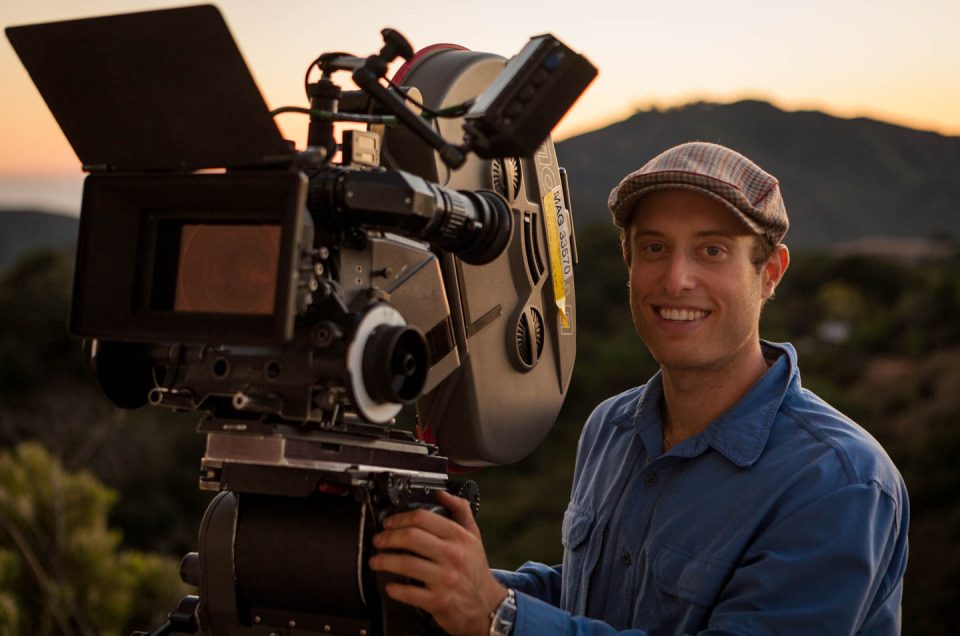
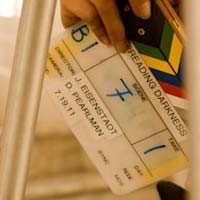
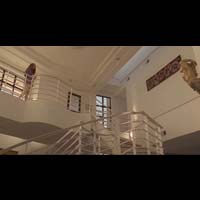
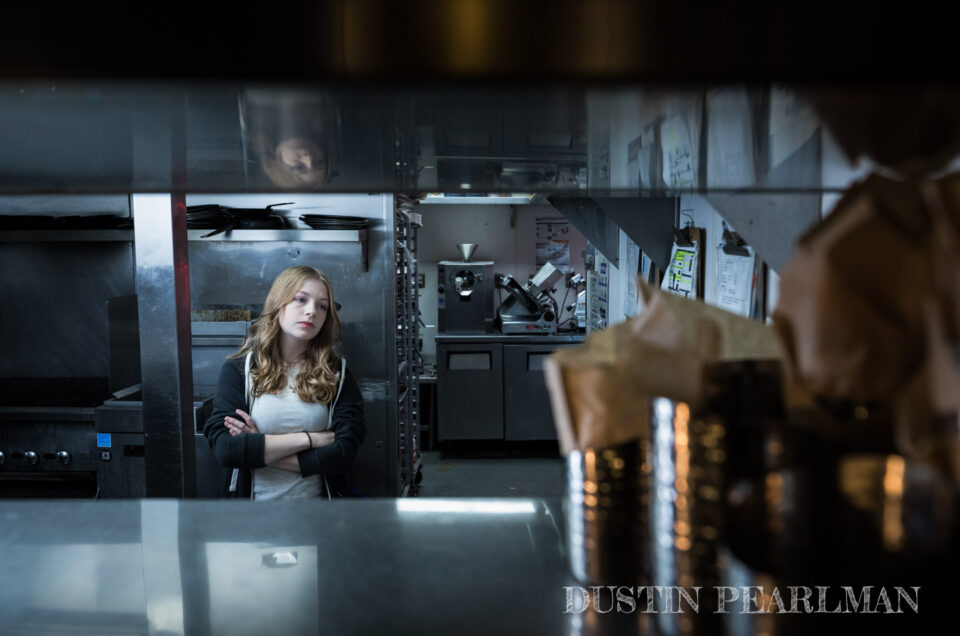

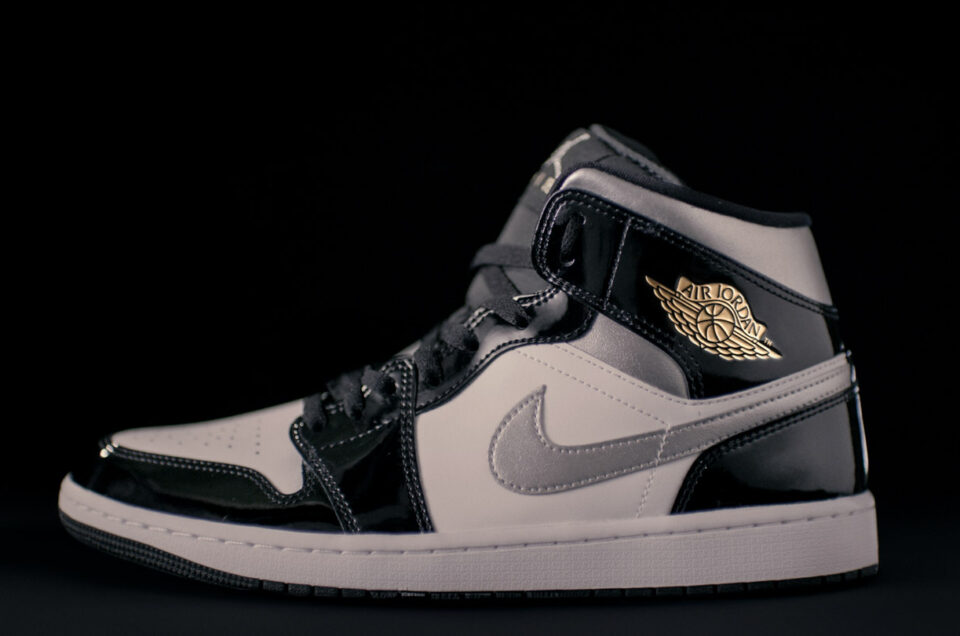
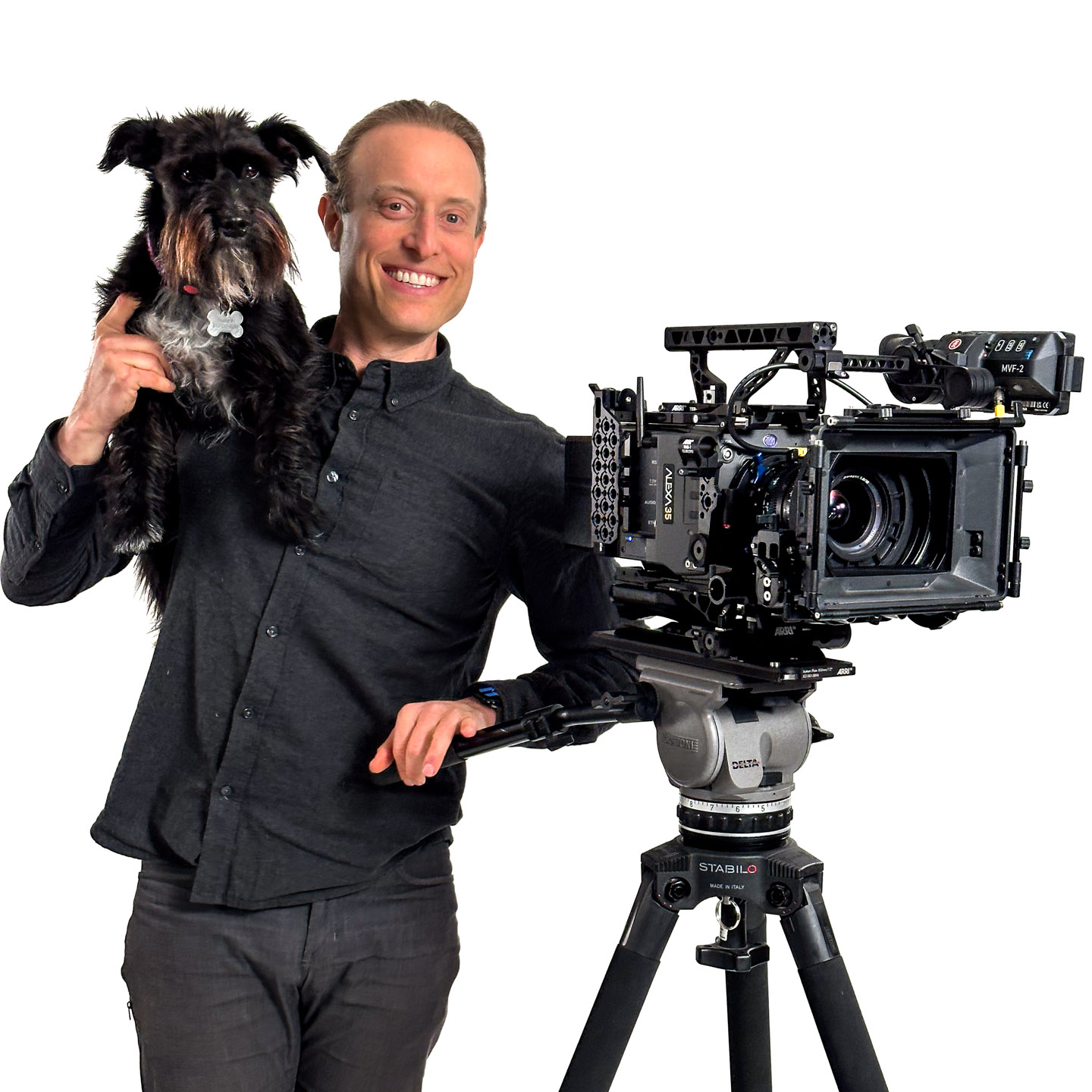
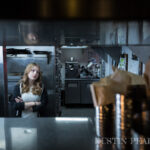
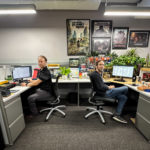

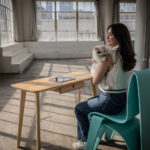
Leave a reply